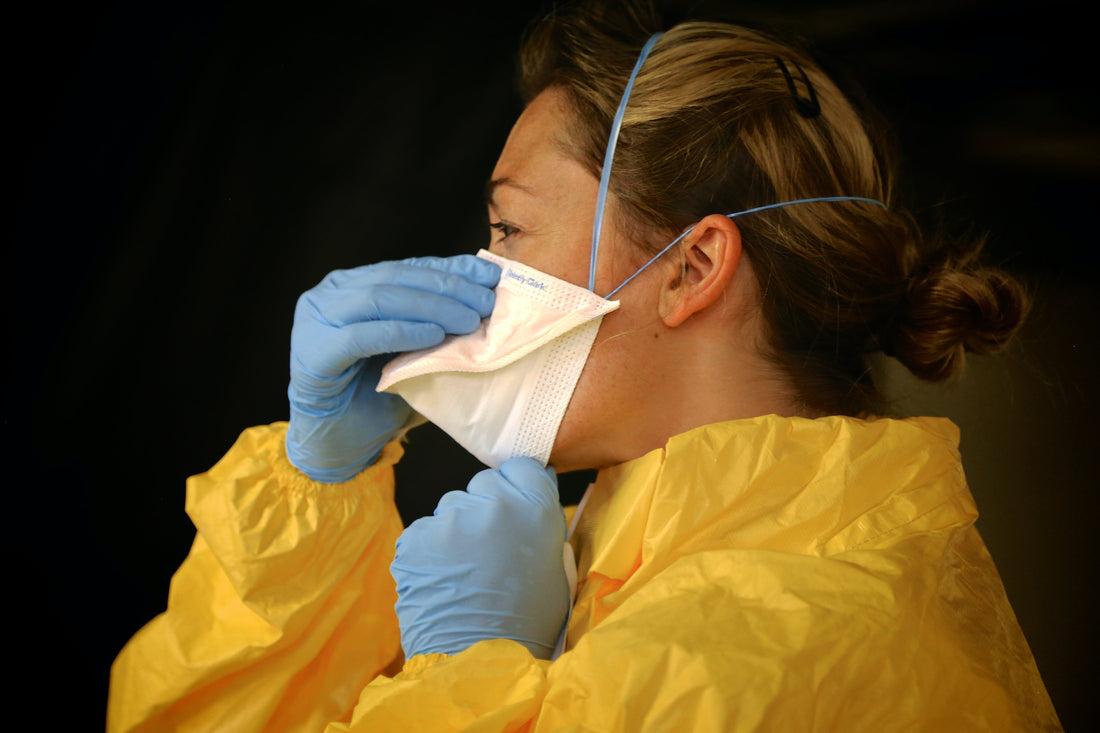The Personal Protective Equipment Standard for Funeral Professionals

Share
The Personal Protective Equipment (PPE) standard is a set of guidelines and regulations established to ensure the safety and protection of individuals against health and safety hazards in the workplace. It encompasses various equipment and clothing designed to protect the wearer from potential hazards that may cause injury or illness.
In the context of funeral homes, PPE plays a critical role in safeguarding funeral home staff from potential exposure to biological hazards, infectious diseases, and harmful chemicals present during the handling of deceased individuals. Funeral home workers may be exposed to bloodborne pathogens, airborne contaminants, embalming fluids, and other potentially infectious materials, making the use of PPE essential to their safety.
Key elements of PPE that are often utilized in funeral homes include:
- Gloves: To protect against direct contact with bodily fluids and potential pathogens.
- Gowns/aprons: To prevent contamination of clothing from blood, bodily fluids, or embalming chemicals.
- Masks and respirators: To reduce the inhalation of airborne particles and pathogens.
- Eye protection: Safety goggles or face shields to shield the eyes from splashes or airborne contaminants.
- Shoe covers: To prevent contamination of footwear.
The Occupational Safety and Health Administration (OSHA) in the United States and similar regulatory bodies in other countries provide guidelines and regulations regarding the use, maintenance, and disposal of PPE in various industries, including funeral homes. These regulations outline the requirements for proper training, use, and maintenance of PPE to ensure the safety of workers.
Employers in funeral homes have specific responsibilities and obligations regarding the PPE standard. Here are some of the key requirements for employers concerning PPE in funeral homes:
-
Assessment of Hazards: Employers must conduct a thorough assessment of workplace hazards to identify potential risks that employees may encounter when handling deceased individuals. This assessment helps in determining the necessary types of PPE required for different tasks.
-
Provide Adequate PPE: Employers are responsible for providing appropriate PPE to their employees at no cost. This includes gloves, gowns, masks, eye protection, and other necessary equipment based on the identified hazards.
-
Training and Education: Employers should ensure that employees receive proper training on the correct use, maintenance, and disposal of PPE. This training should cover the proper procedures for putting on (donning), removing (doffing), and disposing of PPE to minimize the risk of contamination.
-
Maintenance and Replacement: It's the employer's responsibility to ensure that PPE is well-maintained, regularly inspected for defects, and replaced as needed. Damaged or worn-out PPE should be replaced promptly to maintain its effectiveness.
-
Enforce PPE Usage: Employers must enforce the use of PPE among their employees during tasks that involve potential exposure to hazardous materials. This includes embalming procedures, handling bodily fluids, and other activities where exposure is possible.
-
Recordkeeping: Employers are required to maintain records related to PPE, including training records, inspection logs, and documentation of any incidents or changes in PPE protocols.
-
Compliance with Regulations: Employers need to stay updated with the latest regulations and standards related to PPE issued by relevant authorities (such as OSHA in the United States) and ensure compliance with these regulations.
By fulfilling these responsibilities, employers contribute to creating a safer work environment for their employees and minimize the risk of exposure to hazardous materials in funeral homes. It's essential for employers to prioritize the health and safety of their workers through proper implementation and enforcement of PPE standards.
